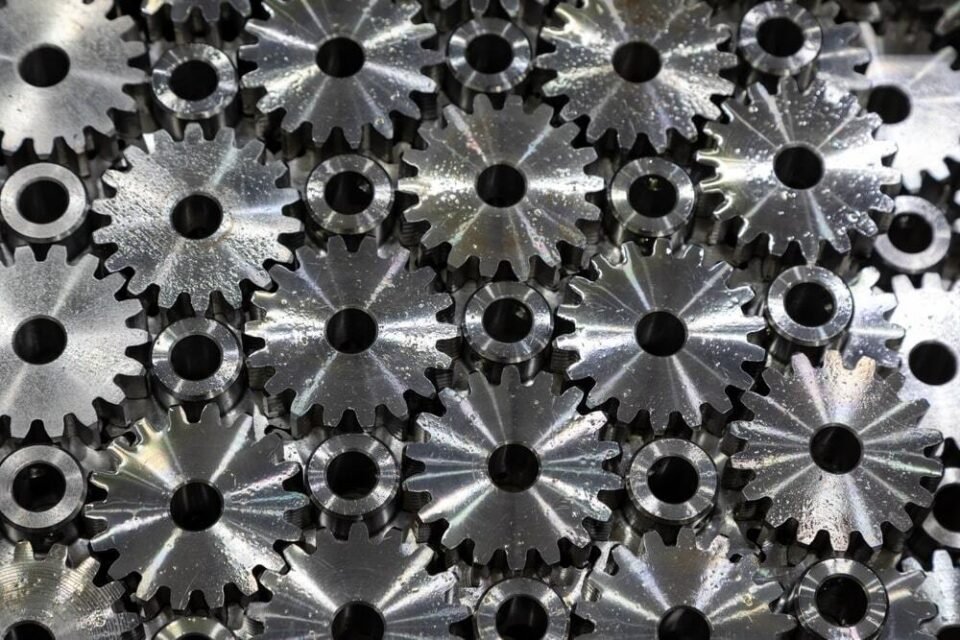Introduction
https://mikeshoppingroom.com/mim-design/ Machine parts form the backbone of modern industrial processes. They are the intricate components that ensure that various machines run smoothly and efficiently, impacting diverse industries worldwide.
Understanding Machine Parts
A. Definition and Significance
Machine parts, also known as components or spare parts, refer to the individual elements that make up a machine or piece of equipment. These parts are vital for the proper functioning of machines and are indispensable for industries.
B. Types of Machine Parts
Machine parts come in a wide variety, including power transmission parts, bearings and bushings, fasteners and connectors, and electronic components, each with its specific role.
The Functionality of Machine Parts
A. Power Transmission Parts
https://incomepultrusion.com/ Power transmission parts, such as gears, belts, and pulleys, are essential for transferring energy from the source to the machine’s moving parts, ensuring smooth operation.
B. Bearings and Bushings
Bearings and bushings reduce friction and enable the smooth rotation of moving parts in machines. They are crucial in preventing wear and tear.
C. Fasteners and Connectors
Fasteners, like bolts and nuts, are essential for securing machine parts in place, while connectors enable the assembly of different components.
D. Electronic Components
Electronic components, including sensors and control units, play a vital role in modern machines by providing precision and control.
Maintenance and Durability
A. Routine Maintenance
Regular maintenance is essential for preventing machine breakdowns. Lubrication, cleaning, and inspections ensure the longevity of machine parts.
B. Extending Lifespan
Proper maintenance practices can significantly extend the lifespan of machine parts, reducing the need for replacements and saving costs.
Applications Across Industries
Machine parts are omnipresent in various sectors, from automotive and aerospace to manufacturing and healthcare. Their versatility allows industries to thrive and innovate.
The Evolution of Machine Parts
A. Traditional vs. Modern
Machine parts have evolved significantly, transitioning from simple mechanical components to complex, electronically integrated ones.
B. The Role of Automation
Automation has revolutionized machine parts, with the integration of smart technology, AI, and IoT, making machines more efficient and productive.
Challenges in Machine Part Sourcing
A. Quality Assurance
Ensuring the quality of machine parts is crucial, as subpar components can lead to machine failures and, in some cases, accidents.
B. Cost Considerations
Balancing quality and cost is a challenge for industries, as cheaper machine parts may not always be the most economical choice in the long run.
The Role of Material Selection
A. Metals
Different metals, such as steel, aluminum, and copper, are used for various machine parts, depending on their specific properties and applications.
B. Polymers
Polymers, like plastics, are chosen for their lightweight and corrosion-resistant properties.
C. Ceramics
Ceramics are used in machine parts that require high-temperature resistance and electrical insulation.
The Future of Machine Parts
As technology continues to advance, machine parts will undoubtedly evolve to meet the demands of increasingly complex machinery.
Conclusion
Machine parts are the unsung heroes of industrial processes, playing a vital role in ensuring the smooth operation of various machines across different sectors.
Frequently Asked Questions
- What are machine parts?
- Machine parts are individual components that make up a machine or piece of equipment, ensuring its proper functionality.
- Why is maintenance crucial for machine parts?
- Maintenance is essential to prevent machine breakdowns and extend the lifespan of machine parts, saving costs in the long run.
- How have machine parts evolved over time?
- Machine parts have evolved from simple mechanical components to complex, electronically integrated parts, thanks to automation and technological advancements.
- What challenges do industries face in sourcing machine parts?
- Industries face challenges related to quality assurance and cost considerations when sourcing machine parts.
- What does the future hold for machine parts?
- The future of machine parts lies in continued innovation to meet the demands of increasingly complex machinery.


